Venice this summer will be filled with witches, trolls, and a version of Pinocchio. This year’s Biennale, now in its 57th edition, might sound more like Carnival, but among curator Christine Macel’s deliberately loose central exhibition are some surprising choices, backed up by an exciting set of national pavilions, and significant collateral exhibitions.
The world has just about reached peak biennial, with large-scale art events from Busan to Cameroon designed to attract an international crowd, but reservations seem to subside when it comes to the Venice Biennale. The Venetians, after all, have honed the art of drawing a crowd for centuries, and as the original biennial, founded in 1895, it retains an aura as the most prestigious international platform for artists. This year’s Biennale seeks to lighten the pessimism that defined the 2015 edition, ‘All the World’s Futures’ – no small task, given that the political turmoil that inspired such a mood has only intensified. But the curator, Centre Pompidou’s chief curator Macel, appears up to the challenge. The thematic title for her central curated group show in the Arsenale, ‘Viva Arte Viva’, might sound like a Ricky Martin song, but for Macel it is ‘a sort of mantra or outcry of passion’ in celebration of the role of artists and their working processes.
Macel has devised a series of nine sub-themes, organised as what she terms ‘Trans-pavilions’, which range from the emotive (The Pavilion of Joys and Fears), to the playful Dionysian Pavilion, or the more unabashedly aesthetic Pavilion of Colours. With 120 artists in the show, such a structure embraces the multifaceted nature that a sprawling exhibition inevitably becomes; and while much of the pleasure might lie in the discovery of unknown artists and new works, there’s plenty to look forward to. Macel’s choices are light on familiar biennial favourites (though a few like Olafur Eliasson and Philippe Parreno have snuck in), giving us instead a range of approaches that span the globe and several generations.
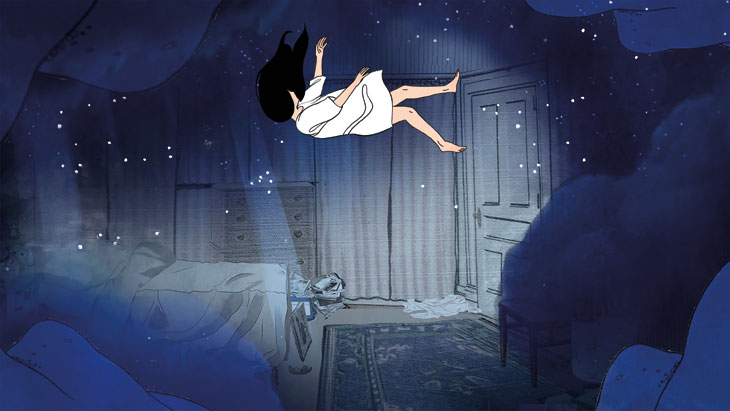
Lake Valley (film still; 2016), Rachel Rose. Courtesy of the artist, Pilar Corrias Gallery, London and Gavin Brown’s enterprise, New York/Rome
New work by young New York-based artist Rachel Rose – whose videos, moving between zoos, urban parks and outer space, are deft meditations on the limits of human sensations – is always an enticing prospect. It will also be interesting to see what this context has precipitated for Japanese artist Koki Tanaka; his work develops through dialogue and collaborative exchange. Tanaka’s 2016 project in the Liverpool Biennial, for example, included videos of parents being interviewed by their children about their involvement in a 1985 student strike. The conversations were touching and humorous, a common outcome of his work that gives his projects an edge over most socially engaged practices. Most notable in ‘Viva Arte Viva’, though, are older figures such as choreographer Anna Halprin, who has been subverting dance since the 1930s and who taught Trisha Brown, Yvonne Rainer, and Simone Forti. Chicago-based McArthur Binion’s dense canvases are seemingly abstract fields of coloured grids but which, on closer inspection, reveal backgrounds made up of countless, finely-cut copies of Binion’s Mississippi birth certificate and passport. Binion has been developing his more pointed take on minimalism since the 1970s, but has had little exposure in Europe, until now.
Several artists’ groups, like the Slovenian OHO Group, who operated from 1966 to 1971, or the shapeless Kansai-based collective The Play, who have existed in countless permutations since 1967, shed new light on the tangled history of artists working together. And when that all gets too much, there’s some comedic relief in the cheeky irony of film-maker John Waters, whose sculptures and photographs share the same provocative bite as his films.
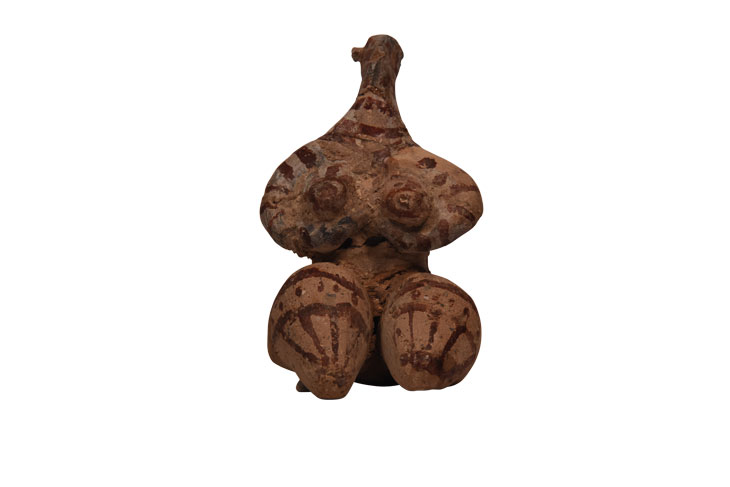
Figure, presumed to be a fertility goddess (c. 6,000 BC), Tell Halaf Period. Iraq Museum, Baghdad. Courtesy Iraq Museum, Department of Antiquities; Ministry of Culture, Tourism and Antiquities; and Ruya Foundation
The 81 national pavilions, located primarily in the Giardini, are similarly varied and – with presentations from Antigua and Barbuda, Kiribati, Nigeria, and Kazakhstan for the first time – more numerous than ever before. Some countries have chosen to hand their pavilions over: American artist Sharon Lockhart presents at the Polish Pavilion, based on her long-term work with a youth centre in Poland; while Egill Sæbjörnsson is letting a pair of trolls take over the Icelandic pavilion, in the non-profit Spazio Punch in Giudecca. In what is hopefully a more productive hand over, Los Angeles-based artist Mark Bradford is using his exhibition at the US pavilion to initiate a six-year collaboration with a Venetian social cooperative for ex-offenders, opening a store selling goods they produce.
Taiwan’s pavilion, in the Palazzo delle Prigioni, is dedicated to legendary performance artist Tehching Hsieh, which marks the most comprehensive showing of his work to date – even more remarkable since he declared himself no longer an artist in 1999. Hsieh’s installation ‘Doing Time’ is based on two year-long performances in which he attempted to capture some essence of time itself. Another confrontation that complements this is found in the 40 ancient artefacts on display in the Iraqi pavilion located in the Palazzo Cavalli-Franchetti, some of which have never been shown outside Iraq. These are exhibited alongside the work of eight modern and contemporary Iraqi artists, including Sakar Sleman and Luay Fadhil, as well as a new work by Francis Alÿs that examines the role of artists in conflict-affected areas. In the Irish pavilion in the Arsenale, Jesse Jones’s work Tremble Tremble uses the figure of the witch to explore gender politics and Italy’s own contested labour history.
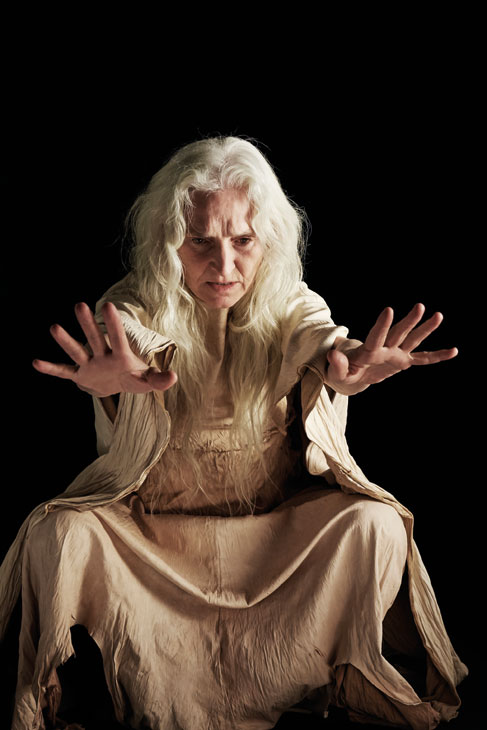
Tremble Tremble (production still; 2017), Jesse Jones. Photo: Ros Kavanagh
Independent exhibitions from the UK nations commissioned by the British Council have been taking place in Venice since 2003. James Richards for Wales presents a site-specific sound installation at the Santa Maria Ausiliatrice, and Scotland’s representative Rachel Maclean, well known for her candy-coloured and darkly hyperbolic fairly tales, gives her own twisted take on Pinocchio at the Chiesa di Santa Caterina. Other satellite events include an exhibition of Pierre Huyghe at the Fondation Louis Vuitton, which revolves around three of the artist’s works, including A Journey That Wasn’t (2005), and a series of weighty exhibitions at the V-A-C Foundation. Here, 20th-century giants in a large show of Russian works from the 1920s and ’30s are presented alongside contemporary artists such as Barbara Kruger and Abraham Cruzvillegas. Elsewhere, the Gallerie dell’Accademia exhibits paintings and drawings from across Philip Guston’s career, which are presented alongside the work of poets like T.S. Eliot and W.B. Yeats. After that, perhaps, you can stop, breathe, and grab an espresso.
The 57th International Art Exhibition, Venice, runs from 13 May–26 November.
From the May 2017 issue of Apollo. Preview and subscribe here.
Unlimited access from just $16 every 3 months
Subscribe to get unlimited and exclusive access to the top art stories, interviews and exhibition reviews.


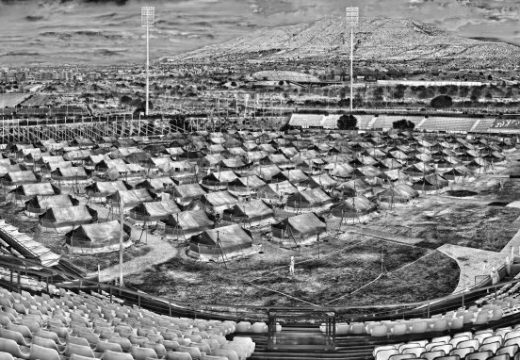
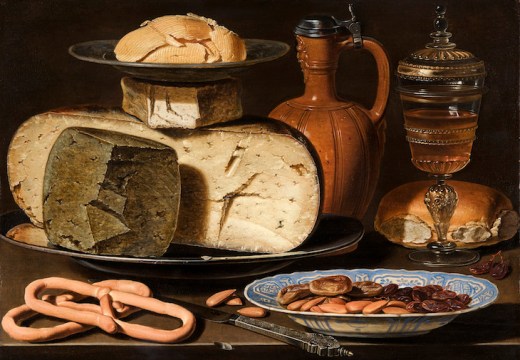
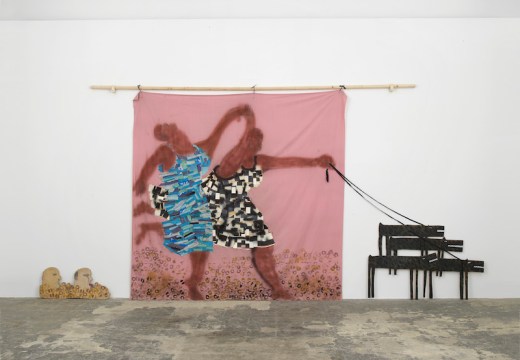









![Masterpiece [Re]discovery 2022. Photo: Ben Fisher Photography, courtesy of Masterpiece London](http://www.apollo-magazine.com/wp-content/uploads/2022/07/MPL2022_4263.jpg)
It’s time for the government of London to return to its rightful home